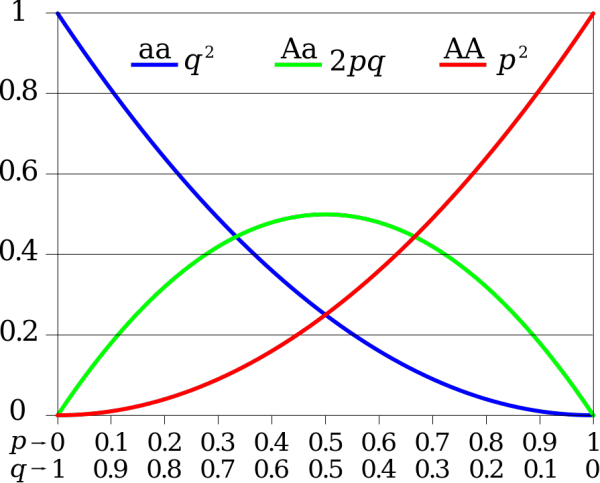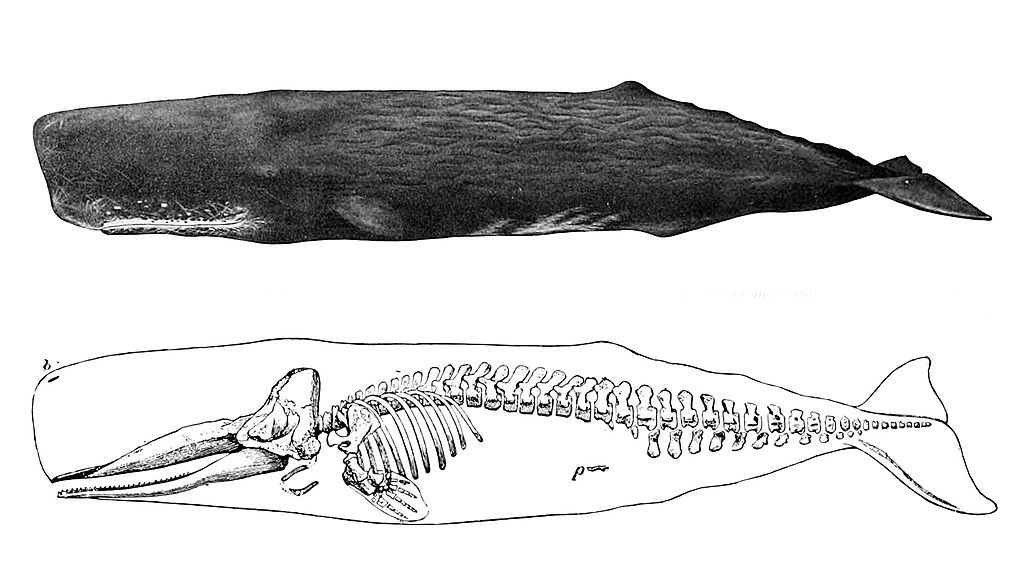Video Source (YouTube, 54.42 min)
- What vestigial organ, a remnant from our primate ancestors, is apparent in humans?
- Which species does the video refer to as our “distant cousins”?
- Name three characteristics that we share with these monkeys.
- Notharctus tenebrosus is a fossil that scientists believe to be a common ancestor of humans – how old is this fossil?
- What feature of this fossil’s hand is important for climbing and gripping objects?
- How was colour vision an important evolutionary advantage in early primates?
- What genetic mutation occurred to allow primates to see in colour like humans?
- What sense diminished as humans evolved high-colour vision? What evidence is there for this?
- ‘Lucy’ is a 3.2 million year old fossil from Ethiopia – why is this fossil significant?
- What advantages does this particular characteristic give the species?
- What disadvantages does bipedalism have for modern humans?
- What characteristic of stone-age man is an indication that human ancestors had the ability for complex thought, together with highly developed hand-eye co-ordination?
- In what test do 3 month old monkeys out-perform human babies?
- What fundamental brain architecture do all vertebrates, including sharks and humans, share?



